The first thing you do is to begin. Check out what we have below and if they work with your lifestyle, give them a go.
You’re welcome to connect with us through the Contact page.
Feel free to ask us any questions and we’re happy to help you find a way to make it happen.
Tell your elected representatives what transport you’d like. Get Around Cabo Carfree does our best to advocate with Council, State and Federal departments and representatives. Unfortunately, we are just a few voices (and therefore a few votes). When elected representatives hear from lots of people, that’s lots of votes.
Here’s the Walking Policy by Qld State Government.
To all politicians this is a great question to ask. What are you doing to enable me to have a great life in this area without a car?
Before approaching politicians with your suggestions, find out what portfolio they are responsible for, e.g. if your councillor is responsible for transport, your State representative is the police minister, or your federal MP is responsible for Employment, orient your question so they can respond to your issue in the area they have responsibility for.
Who are your elected representatives: You CLICK HERE to find out.
Council: The Local Council is responsible for footpaths.
You may find your Council representative will say there isn’t funding for footpaths and ask the developers to build footpaths.
Here’s a possible answer: There are footpath gaps (and my street isn’t under development). If there is funding for parking and roads, there’s funding for footpaths. And when there are no footpath gaps, you can leave the car at home which saves the Council money in road maintenance. An avenue for support is the federal DDA legislation, see these documents: Disability Standards, Advisory Note on Streetscapes, FAQ on footpaths.
State: The State government is responsible for buses and trains. Watch THIS VIDEO to find out where has a high quality bus service on the outskirts of a major city.
You may find your State representative will say is that a bus service won’t be cost effective.
Here’s a possible answer: Cars cost $30 billion a year from Federal, State and Council funding (mostly State) in road building and maintenance. Providing a high quality bus service will reduce road building and maintenance costs substantially and give people alternatives. Currently, you’re probably burdened with a car costing around $1000 a month ($12,000-$25,000 a year). Other costs of creating a car-dependent society are from Fuel & Non-Fuel Emissions (Non-Fuel Emissions are tyre dust, brake pads & fluid, oil vapour) as well as obesity because it’s not always easy to walk or ride a bike. Fuel, Non-Fuel Emissions and Obesity cause medical costs for asthma, cancer, heart disease, diabetes to name a few. These public health costs are Federal (Medicare) and State (Hospitals) responsibilities.
Federal: The Federal government is responsible for Centrelink, Ageing, Disability, Early Childcare, Medicare and other roles. Depending on whether you’re on a low income, a senior, with a disability, pushing a pram or seeking medical intervention, you can approach your Federal member about the transport issues you’re experiencing. If they respond with ‘this is a State matter’, find out more about whether some funding comes from the Federal government, e.g. a community bus service, active transport grants and so on.
This survey by Rachel Gallagher is a great place to begin. You can share this survey with other parents to collect data about the barriers that make it difficult for your child to ride a bike to school. Through collecting data from a number of parents, you will gain substantiation so Moreton Bay Council can address these issues. Survey questions for parents to answer about children’s infrastructure needs
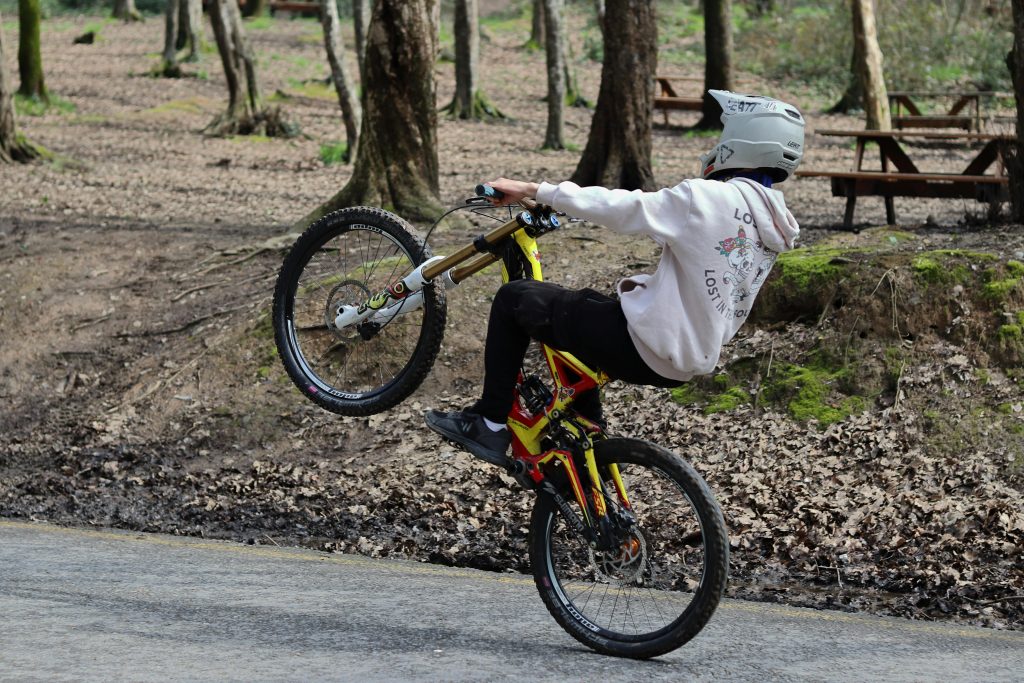
A turn-key solution for healthier, safer, and more connected communities. This innovative Bike Bus program, designed to easily organise a bike bus for school children through our comprehensive program and user-friendly app. This turn-key solution aims to enhance children’s lives and foster a more connected community. Each ride, led by parents or volunteers, follows a designated route with stops and timetables.
https://vimeo.com/bunchrides/bike-bus.
By participating, children will experience improved health and wellbeing, better road safety awareness and the development of healthy habits. The Bike Bus also strengthens community bonds, reduces vehicle use, decreases congestion during school pickup times, and encourages active transport.Join us in promoting this impactful initiative that not only benefits our children but also contributes to a more connected community.
Council’s Accessible Schools Program delivers infrastructure, and school safety and behaviour change initiatives. These initiatives aim to ease school traffic congestion and improve road safety by encouraging children to walk or ride to school instead.
Listen to the Streets and People podcast episode below where Stephen Hodge from WeRide suggests how you can get a bike bus happening in your area.
Listen to the Streets and People podcast episode below where Rachel Gallagher tells you how to get a survey happening with other parents. See also the information above about the survey for the infrastructure needs for children to ride a bike to school.
SnapSendSolve is a free app that Moreton Bay Council uses to be notified of broken infrastructure. You can report broken footpaths, equipment and trees, abandoned trolleys and cars, graffiti, overflowing and dumped rubbish, and you can place your request for an improvement.
To download the app, go to SnapSendSolve. This app is used across Australia and New Zealand so share the app with your family and friends.
Click the blue icon on the right to listen to our interview with Monica Lewin, Head of Product at SnapSendSolve. Monica shares the history, the features and benefits of using SnapSendSolve. She’s very eloquent too!
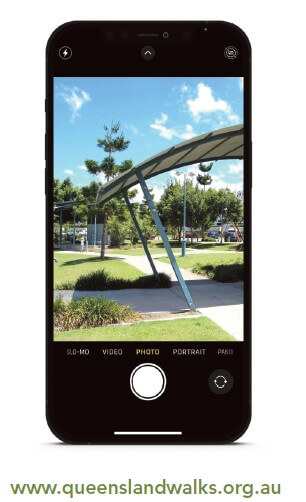
How walkable* is your street? You can find all the information about how to make your street more walkable.
https://queenslandwalks.org.au/walk-my-street.
*Queensland Walks describes walking to include walking, running, jogging, rolling and strolling with the help of a mobility device or support (electric or non-electric wheelchair, white cane, with a guide dog or walking frame).
The Walkability.App is available to benefit communities anywhere in the world where there is a demand for the walking experience to be improved and an interest from the relevant authority to improve the safety, accessibility and welcome for citizens.
https://walk21.com/resources/walkability-app/
You can score how healthy your street is. You will get an instant result that you can share with others. We will use your score to promote making streets healthier places for people.
https://surveys.healthystreets.com
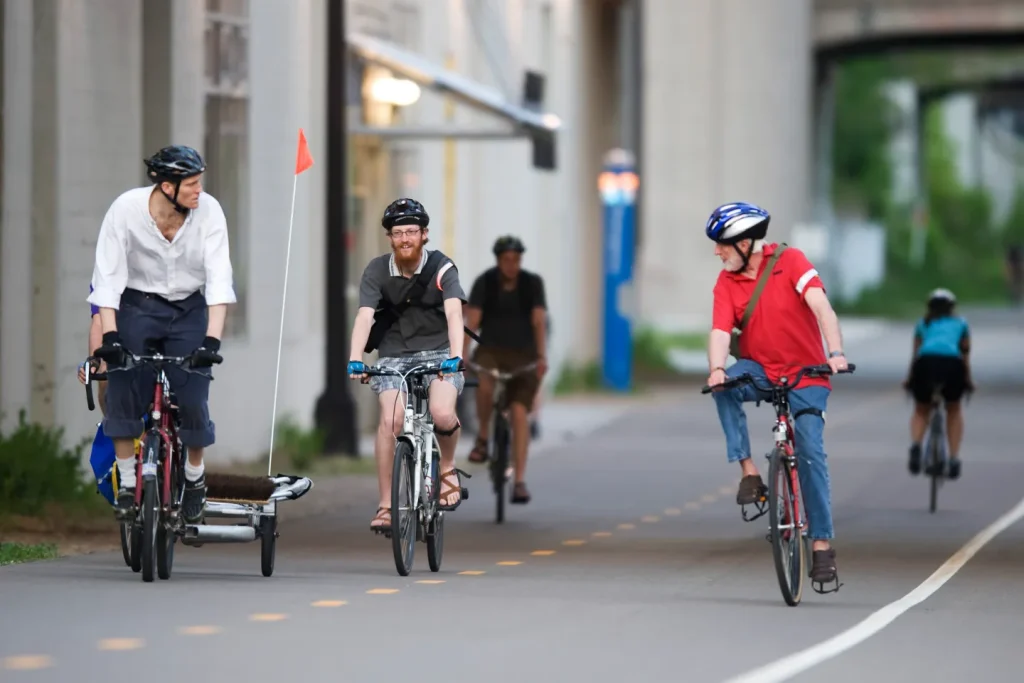
If you’re looking to transform how you move around and save money in the process, you’re in the right place. Head over to this page where you’ll discover a wealth of ideas and practical tips to help you use your car less often. Imagine the freedom of exploring your community with fresh perspectives, feeling the joy of walking or cycling, and hearing the vibrant sounds of local streets. Start experiencing the benefits of less car dependency today!
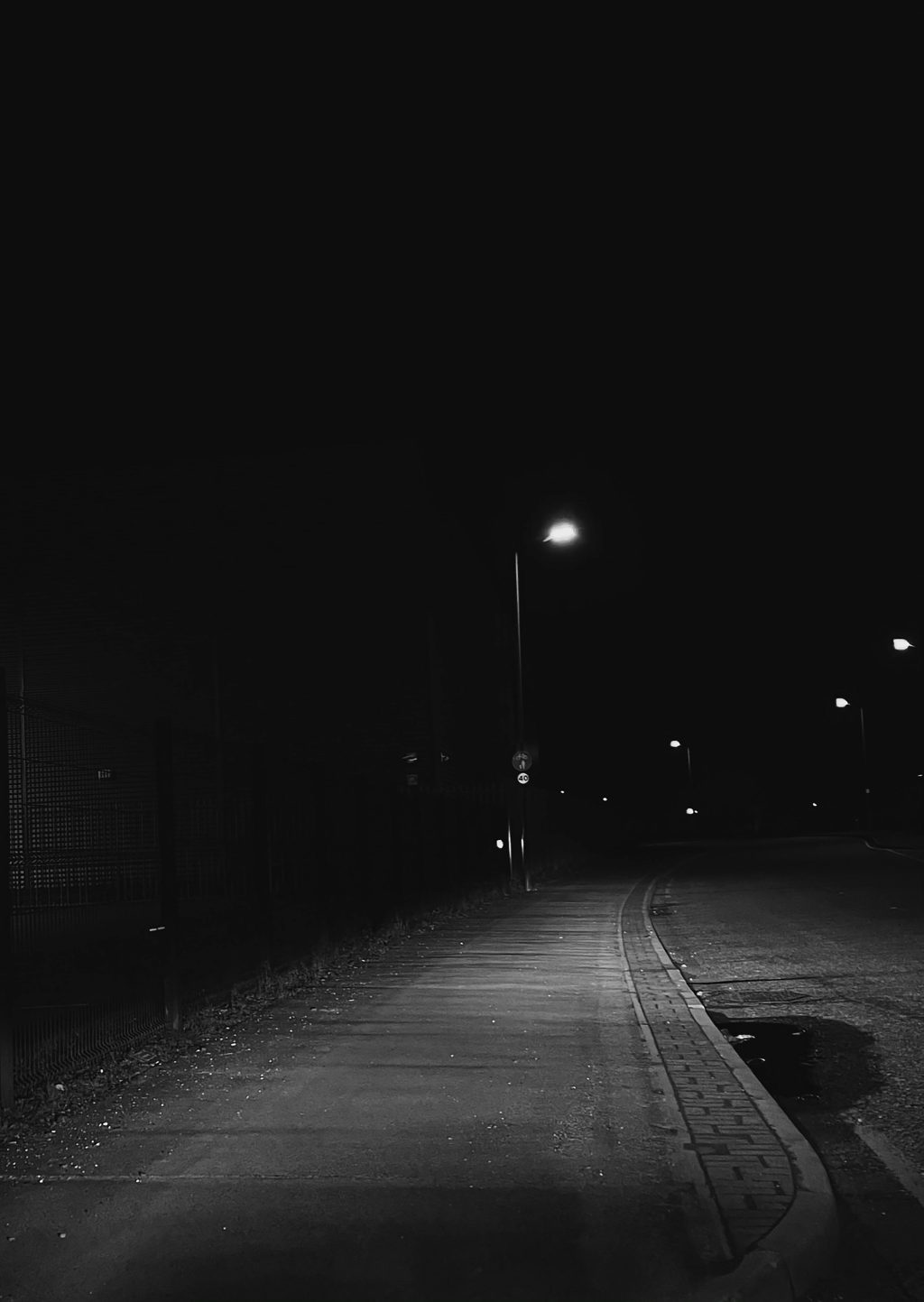
Instructions courtesy of Jake Coppinger. Please feel free to ask questions when you get stuck. If your street light is broken, use the free app SnapSendSolve (instructions above).
You write down when walking/cycling whether a particular footpath/, cycleway, road is lit up. On your home computer, log into OpenStreetMap.org you find that particular footpath, cycle path. Add the tag lit=yes or lit=no
Go Map!! app(on iPhone, iPad), sign in with the OpenStreetMap account. You can then tap on a footpath/cycleway, click Tags, and add a tag with key lit and value yes or noMore information about other values for the lit tag are at https://wiki.openstreetmap.org/wiki/Key:lit.Whether you’re planning a trip or just need to get around town, these apps can make your journey smoother and more convenient:
TripGo: Simplify your travel planning with TripGo, which integrates multiple transport options into one easy-to-follow itinerary. It’s perfect for comparing routes and finding the best way to reach your destination. Explore TripGo
Next There: Stay updated with real-time transit information using Next There. This app provides current schedules and alerts for public transport, ensuring you’re always informed about your next journey. Check Out Next There
gLive: Get live updates on public transport schedules with gLive. It’s an excellent tool for checking bus and train times and planning your trips with the latest information. Visit gLive
Translink: Access comprehensive information on Queensland’s public transport services with the Translink app. It offers details on routes, timetables and fares to help you navigate the system efficiently. Use Translink
Uber: Need a ride? Uber provides an alternative to you driving to your destination. Book with Uber
Maps: Navigate your way around with Google Maps, which offers detailed directions for walking, cycling, and using public transport. Open Maps
These apps are valuable tools for any time you need to get from point A to B to C to D, helping you make the most of your travel experience.
Please note that we have no affiliation with the apps listed above. They are included here solely for your convenience to help you with your travel planning and navigation. We do not endorse or guarantee the accuracy of the information provided by these apps. Always check the app’s terms and conditions, and ensure they meet your needs before use.
Moreton Bay Libraries has a range of books about transportation and how to make our urban environments easier to live without a car.

Moreton Bay Libraries has a range of books about transportation and how to make your urban environments easier to live without a car. If you see other books that aren’t included in the list, please feel welcome to let us know through the Contact page.
Here are resources that you, as a transport professional, might find useful. It might be a bit hard going for anyone else.
You’re welcome to click Resources for professionals.
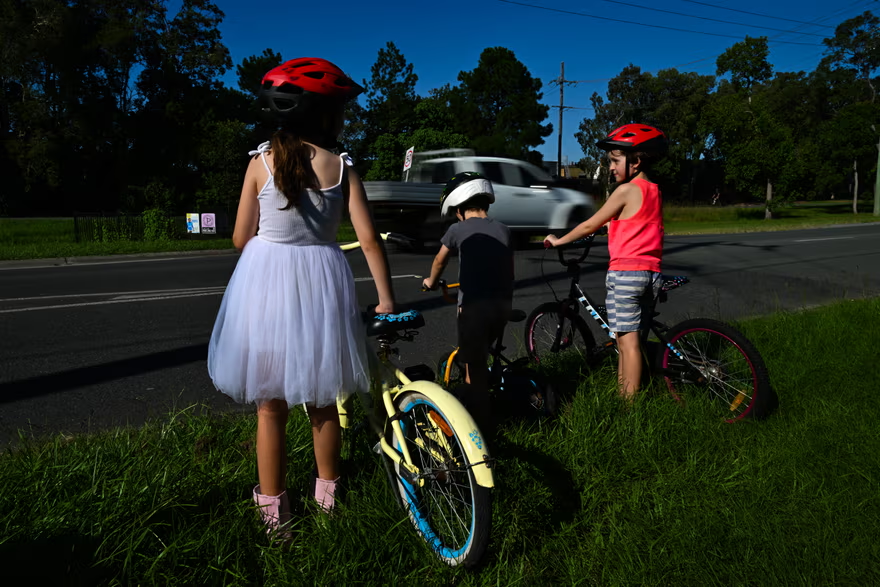
Get Around Cabo Carfree is a community movement advocating for more travel options for people in
Caboolture & Morayfield.
Our Goals
1. All children can ride to school on safe streets
2. All young adults can get to work or study without needing a car so they begin adulthood without a debt of $15,000 a year.
The only way we can be sustainable for the long term is with your help.